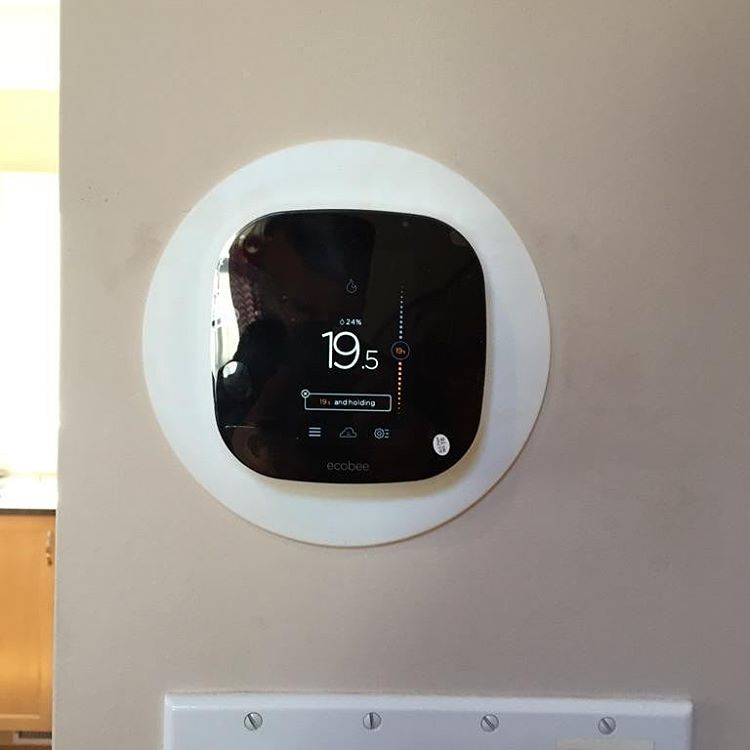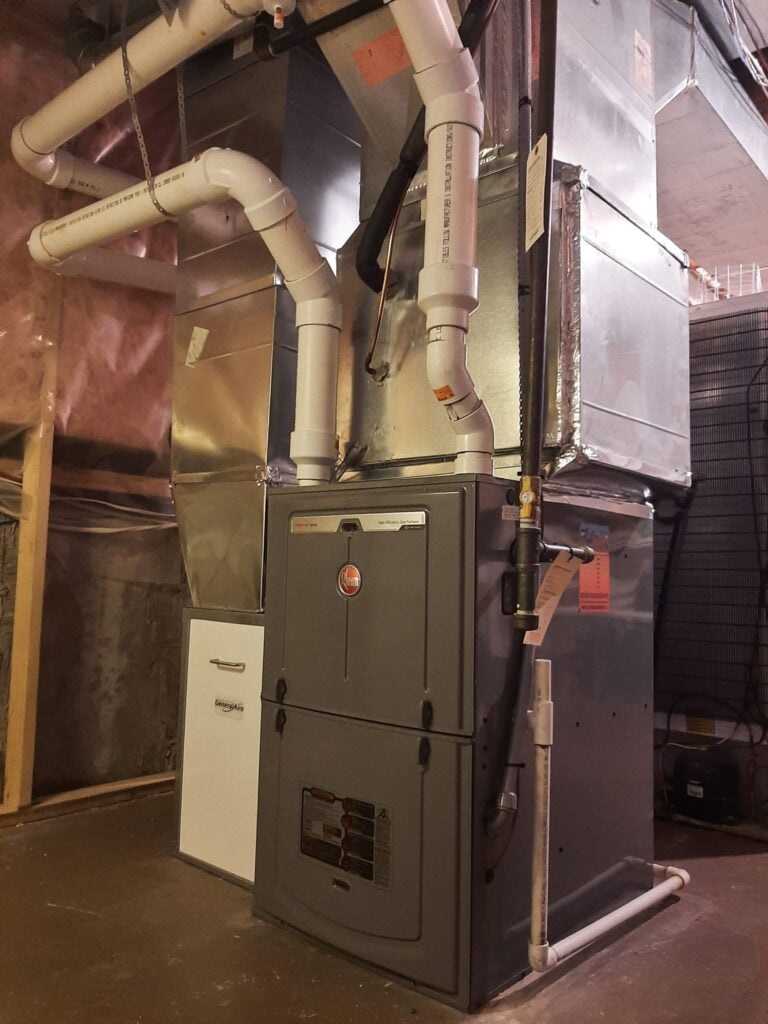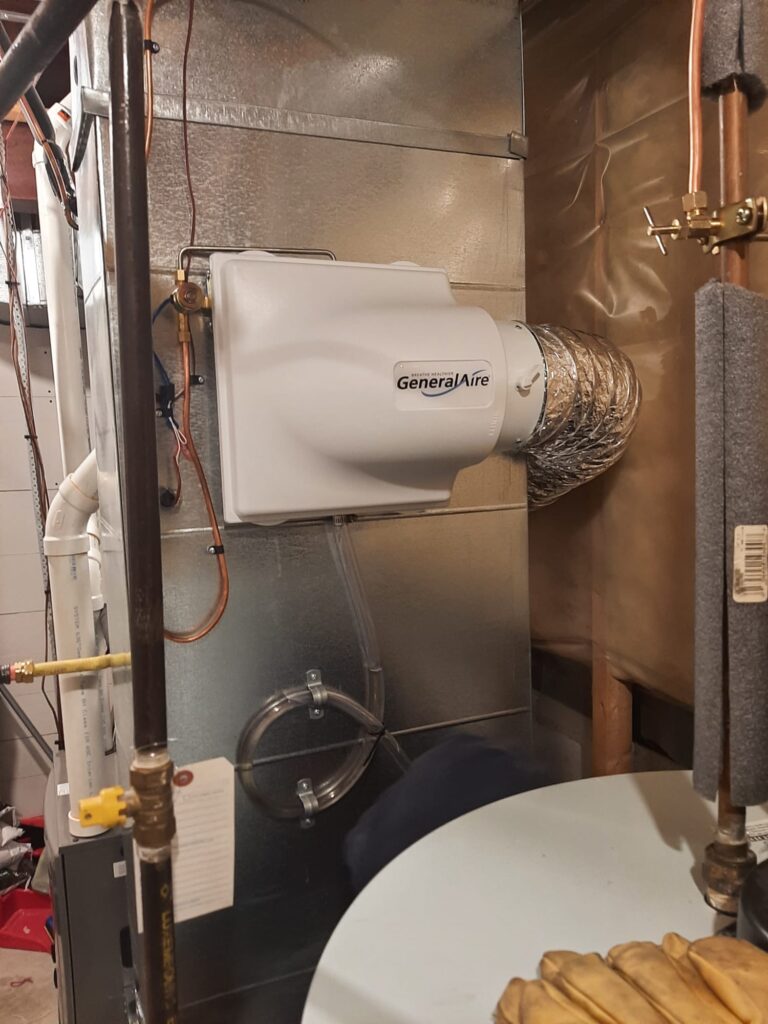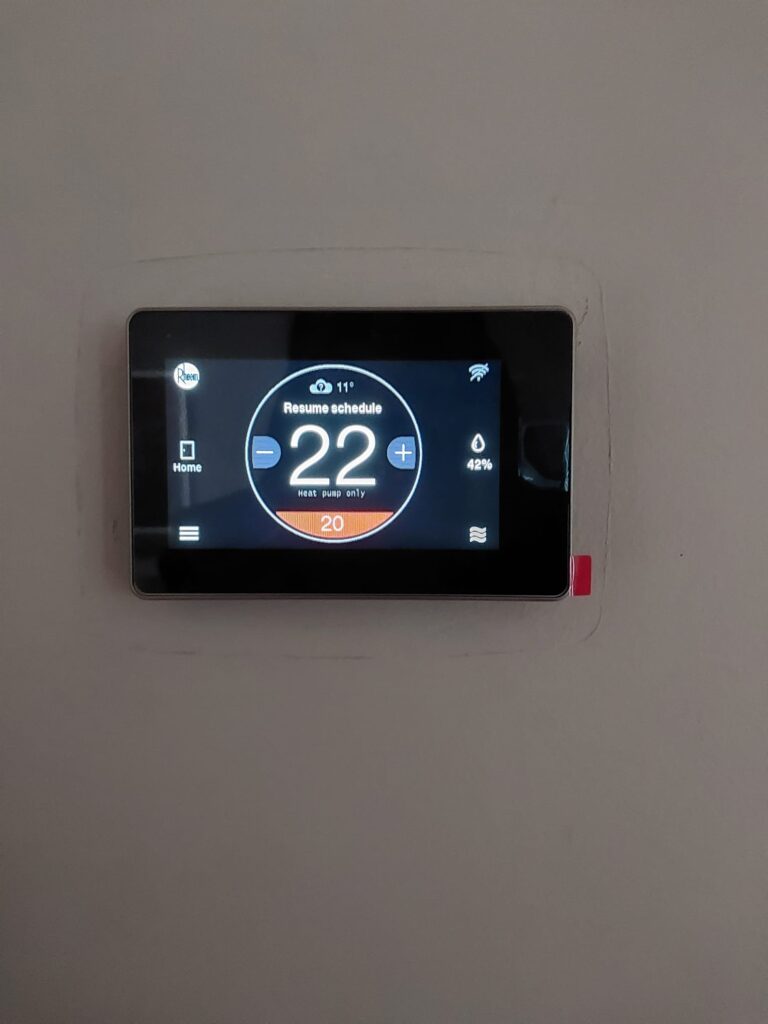Things You Can Do At Home To Clean Your Air
There are many ways to improve the indoor air quality (IAQ) in your home. Solutions can range from mechanical adjustments on your heating and cooling system to something as simple and inexpensive as altering some of your habits and product choices.
Source control means limiting the amount of pollutants in your home and it is an important step in improving the quality of air you breathe. The following sections describe some easy ways to control sources of common indoor air quality problems.

DIY Indoor Air Quality Suggestions
- Use a doormat! A wipe-off mat will cut down on one of the biggest carriers of particulates in your home: the bottom of your shoes. For those with allergies, asthma, or other particle sensitivities, removing shoes in an entry area or foyer will reduce the amount of particulates that are tracked into a home.
- Use high efficiency particulate air filters (HEPA) or central vacuum systems
- Cleaning the dust and dirt from your carpets is an important part in keeping your home’s air clean. Trapping the dirt in a closed container is even more important.
- Old-fashioned vacuums with a paper bag may potentially do little more than noisily redistribute dust from the carpet into the air. Purchase a cleaner that will trap the dust and dirt in a container, such as a HEPA vacuum, or even better, a whole-home central vacuum system which vents to the outside.
- Limit smoking indoors. Smoking is obviously bad for the quality of air inside your home by elevating particulates and chemical pollutants.
- Use an exhaust fan while cooking. Get rid of particulates generated by cooking with a true exhaust fan that moves air at a rate of 100 cubic feet per minute (CFM). This will help improve the air you breathe.
- Use a bathroom exhaust fan—Personal care products are rich sources of particulates: hairsprays, gels, perfumes, colognes, and deodorants are all examples of products we use that often emit particulates. Make sure the fan vents to outside.
- Wash your bedding frequently—Wash bedding frequently in hot water of at least 140°F to get rid of dust mites that are found in sheets, blankets, pillows, and pillowcases.
- Limit indoor flame sources—Burning wood in stoves and fireplaces is a frequent source of indoor air pollution if not properly vented.
Particle Allergens
The EPA cautions that the air inside your home is typically two to five times more polluted than outdoor air. How can this happen? One way to understand how the air inside your house can be two to five times worse than outdoor air (despite cleaning your home) is to realize where the air you breathe inside comes from and how it behaves inside your home.
Air enters your home each time you open a door or window. With that air comes dust, dirt, pollen, spores, and other parts of the “outside” that you would prefer to keep there. Air does not always arrive through obvious sources like doors and windows. Cracks, fissures, windows that aren’t sealed tightly, and attached garages can all deliver polluted air. Once inside your home, air is recirculated, becoming slightly more polluted each time dinner is cooked, the carpets are vacuumed, or cleaning products are used. Many common household activities produce indoor air pollution.

Chemical Pollutants
Chemical pollutants, also known as volatile organic compounds (VOCs), arrive in the home’s air from many different sources. Some of these are easy to eliminate. For instance, most people store a lot of household cleaning products in their bathrooms and the kitchens. Reducing the number of cleaning products and choosing “greener” alternatives will help reduce indoor air pollution. Other ways to reduce chemical pollutant sources include:
- Limit the use of scented candles and/or room fresheners—Everybody occasionally enjoys burning candles.
- Choose soy or beeswax based candles whenever possible. They are more expensive, but generally emit lower levels of VOCs. Scented room fresheners should be used as little as possible due to the high VOC levels they emit.
- Seal door between house and garage. Most people store an assortment of chemicals, petroleum products, old paint cans and other items in the garage. The fumes from these storables can be drafted back into the house and recirculated throughout. If these items cannot be moved to a shed or well-ventilated space, store
them in a sealed container. - Use bathroom exhaust fan. Personal care products are rich sources of VOCs: hairsprays, gels, perfumes, colognes, and deodorants are all examples of products we use that emit VOCs. Make sure the fan vents to outside.
Carbon Dioxide
We breathe oxygen and expel carbon dioxide. A high level of carbon dioxide is often described as “stuffiness.” Unlike carbon monoxide, there is no immediate danger with high levels of carbon dioxide. Instead, home occupants might experience fatigue, yawning, and lack of concentration.
Fresh air is a solution to high levels of carbon dioxide. Use adequate ventilation to lower carbon dioxide levels.
Temperature
With the proper equipment, you can achieve the desired temperature levels in a home.
- Use a programmable thermostat. Make sure that you have a modern programmable thermostat and set it to a temperature that is comfortable for the whole family. A programmable thermostat automates temperature setbacks while you’re not at home, which can lead to significant energy savings.
- Use energy efficient appliances—Energy efficiency can be improved through proper insulation, sealed double-pane windows, and ENERGY STAR appliances.
- High efficiency furnaces and air conditioning units also play a major role is delivering consistent comfort at a lower cost while reducing your carbon footprint and greenhouse gas emissions. Energy-efficient homes maintain a consistent seasonal temperature and lower monthly utility bills.

Humidity
Relative humidity (RH) is important for comfort and safety inside your home. Low humidity can lead to nose bleeds, electrical shocks, and feeling colder than the temperature indicates. High humidity makes you feel uncomfortable and can also have health effects if RH levels rise above 55% indoors.
Above 55%, dust mites and cockroach populations thrive. Mold growth can be an additional complication in a high humidity environment when RH is sustained above 60% for long periods of time. Don’t use wood fires or overheat your home to mitigate low humidity.
Program your thermostat to maintain longer A/C run times—Your A/C system can reduce humidity levels with longer run times. Air conditioning not only provides cooling, it removes air humidity.
Install humidifiers or dehumidifiers if there are chronic issues.
Carbon Monoxide
Carbon monoxide is a clear, odorless, potentially deadly gas that is a by-product of combustion. To eliminate the possibility of carbon monoxide build-up in your home air: Inspect all gas appliances. Make sure all gas appliances are properly vented and operating according to manufacturers’ specifications. Verify that the pilot lights are lit.
Do not operate propane stoves or barbecues indoors. Make sure car exhaust does not enter the home. Homes with attached garages can experience unsafe carbon monoxide levels from car exhaust. When you start your car or turn it off, the car exhaust remains in the garage, which can then enter your living area and circulate for hours. To avoid contamination, leave the garage door open for half an hour to ensure that the exhaust is not vented into the home.

